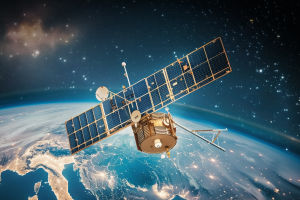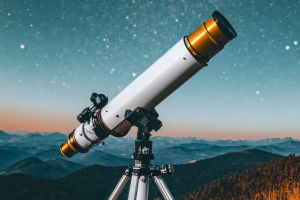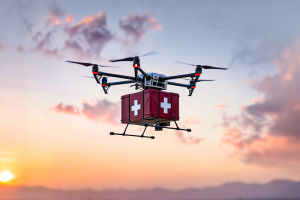
Welcome, Lykkers! Exploring the sky is no longer just for dreamers. In recent years, the area surrounding Earth has become a highly active zone filled with artificial satellites and debris.
The rapid growth of satellite technology has enabled global connectivity and technological advancement—but it also brings serious challenges.
From risks of collisions to scientific disruptions, and from environmental concerns to regulatory gaps, the space above is turning into a busy and potentially hazardous frontier. Let’s explore what’s really happening up there and what it means for our planet.
The Growing Satellite Population
According to the United Nations Office for Outer Space Affairs, over 11,000 satellites have been launched since the beginning of space exploration, and more than 7,000 of these are still orbiting Earth. Roughly 4,000 are functioning, while the rest are inactive. Astonishingly, 57% of all orbiting satellites were launched within just the past four years. In 2020 alone, 1,283 new satellites entered orbit.
Large satellite systems, known as constellations, have played a major role in this boom. Companies are launching thousands of devices to offer global internet coverage. For instance, one prominent project has already placed more than 2,000 satellites into orbit and has approval to deploy over 40,000 in total. Several other companies have similar plans involving thousands of satellites.
Low Earth Orbit Congestion
Unlike previous generations of satellites located in higher orbits, most new devices now operate in Low Earth Orbit (LEO), typically between 80 and 2,000 kilometers above Earth. These lower orbits reduce signal delay, which is beneficial for communication. However, the trade-off is a dramatic increase in orbital traffic, as more satellites are required to cover the entire planet from this closer distance.
This density raises concerns about collisions. Orbiting objects in LEO travel at speeds up to 28,000 km/h. A single collision could produce thousands of fragments, each capable of damaging other satellites. This cascading risk scenario is known as the Kessler Syndrome. The danger lies in the creation of a self-sustaining loop of destruction, potentially rendering certain orbits unusable.
Risks to Scientific Research
The crowding of orbital space already affects tools designed for scientific study. The Hubble Space Telescope, which orbits at approximately 535 kilometers above Earth, has seen up to 8% of its images impacted by passing satellites.
The International Space Station (ISS), located around 400 kilometers above the surface, is also at risk due to its proximity to some of the upcoming satellite launches. Such interruptions may limit both the safety of onboard missions and the station’s ability to contribute to research.
Environmental Impact
Orbiting debris is one of the major environmental issues arising from increased satellite activity. Thousands of pieces larger than 10 centimeters are tracked by surveillance systems, but there are also around 130 million smaller fragments that are nearly impossible to monitor. These particles come from satellite breakdowns, launch remnants, and unintended collisions.
Moreover, space launches involve emissions and the use of propellants that contribute to upper-atmosphere pollution. When satellites re-enter Earth's atmosphere and burn up, they release materials that could affect atmospheric chemistry. Although the full impact is still under study, experts agree that better guidelines and technology are needed to mitigate long-term harm.
Gaps in Regulation
Currently, there is no unified global law that manages how much space individual actors can occupy in orbit. Discussions are underway at the international level, especially by the United Nations' office focused on outer space matters, but these processes are slow. Meanwhile, launches continue at a rapid pace, with little coordination across companies and countries.
Without updated guidelines, the space around Earth risks becoming both dangerous and inefficient, leading to lost investment, interrupted services, and even possible threats to safety.
A Call for Sustainable Practices
The growing demand for space-based technology is not going to stop. However, it is essential to balance progress with responsibility. Developing reusable spacecraft, building satellites that can self-deorbit, and creating robust international agreements are just a few steps that can be taken. Transparency among private operators and shared tracking systems will also help reduce the risk of collisions.
Conclusion: The Sky Is Everyone’s Responsibility
As more devices enter orbit every year, the need to manage this space wisely becomes increasingly urgent. A cleaner and safer sky benefits not only scientists and communication providers but everyone who depends on accurate weather predictions, global positioning systems, and Earth observation.
It’s time for cooperation, innovation, and thoughtful regulation to ensure that the area above our heads remains a place of opportunity—not chaos.
Lykkers, the sky may be vast, but even it has its limits. Let’s make sure we don’t exceed them.


